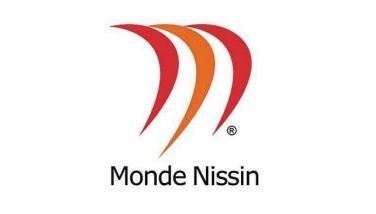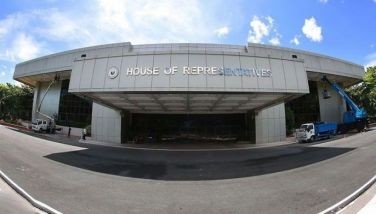NTC prepares guidelines on network interconnection
The National Telecommunications Commission (NTC) is preparing a set of guidelines to facilitate interconnection or access between telecommunication service providers.
NTC commissioner Ruel Canobas, in a forum attended by the country’s top telecommunications executives, said the implementing guidelines being formulated is intended to guide public telecommunications entities (PTEs) in the development of their reference access offers (RAOs).
The agency earlier issued a memorandum circular (MC) mandating the development of RAOs to facilitate fair and expeditious interconnection or access between service providers. The circular requires all PTEs to submit to the NTC an RAO for each of the access charges applicable to it.
Canobas explained PTEs have not yet availed of the benefits of the MC due to the absence of the implementing guidelines.
While interconnection between PTEs is mandatory, the terms of the interconnection agreement are bilaterally reached and oftentimes, the negotiation on the terms take time. Canobas said this has become unfair to small telcos.
The RAO is supposed to supply the minimum terms of interconnection agreements and in case the two PTEs cannot come up with an agreement, the RAO can be resorted to in order to facilitate the negotiations.
Canobas said they have tapped the services of experts, including professors from the University of the Philippines School of Economics, to supply the details of the implementing guidelines.
NTC also announced that it has prepared a draft circular containing the rules for the mandatory interconnection of cable landing stations to backhaul networks.
As proposed, each backhaul network operator shall provide the trunks/circuits to interconnect its backhaul network to the cable landing stations.
NTC explained that the existing authorized cable landing stations are connected to the national networks through the backhaul facilities of the operator of the cable landing stations.
For instance, the PLDT cable landing station in Nasugbu, Batangas is connected to the national networks through the backhaul facilities of PLDT. Globe Telecom’s cable landing station also in Nasugbu is connected trough Globe’s backhaul network while Digitel’s landing station in
This, the commission said, indicates that the traffic passing through the international optical submarine cable systems landing in the PLDT cable landing station is transmitted to the national networks through PLDT’s own backhaul network. The same holds true for Globe and Digitel, it noted.
Since the backhaul networks are necessary to bring traffic to and from the international optical submarine cable system, the cost of the backhaul networks is part of the prices of international circuits.
“Therefore, opening of the bakhaul network service to other suppliers will bring prices to market level to the benefit of the consumers. The proposed circular is also aimed to promote a fair, efficient and responsive market to stimulate growth and development of the telecommunications facilities and services,” NTC said.
- Latest
- Trending





























